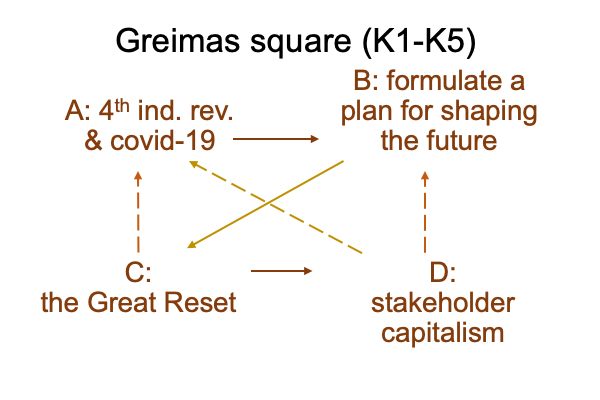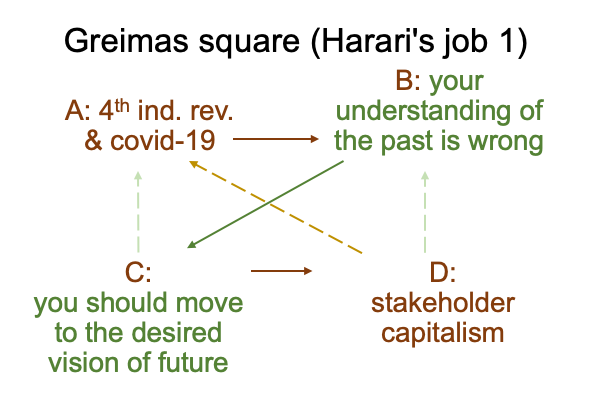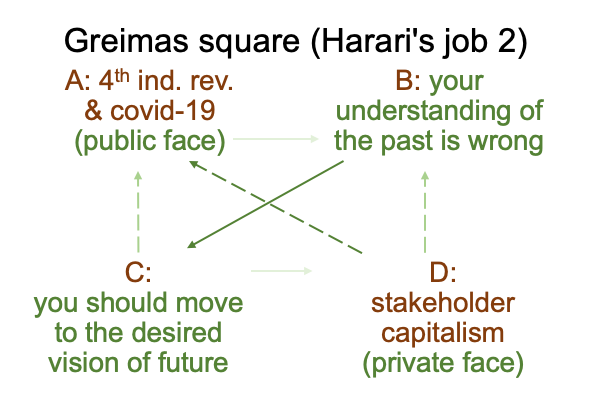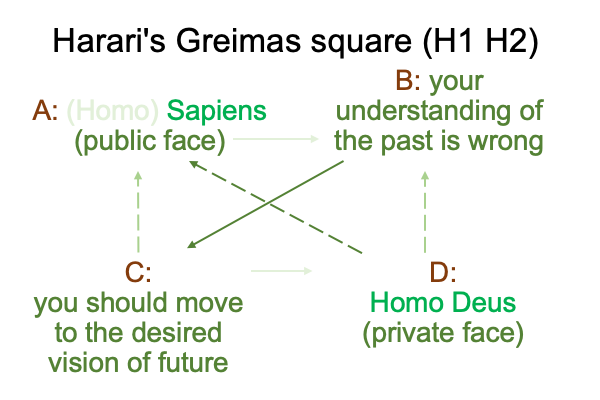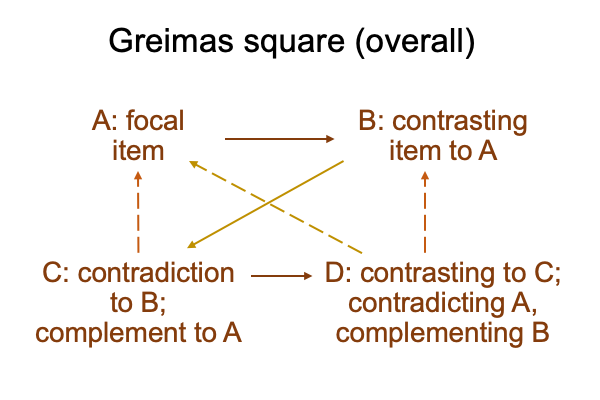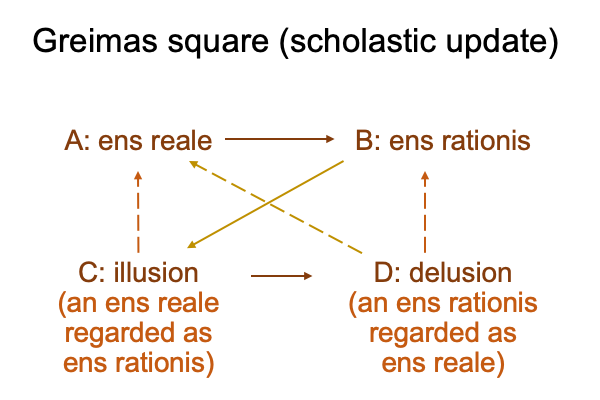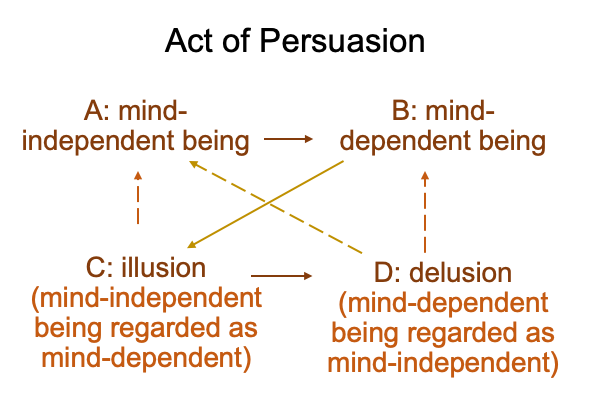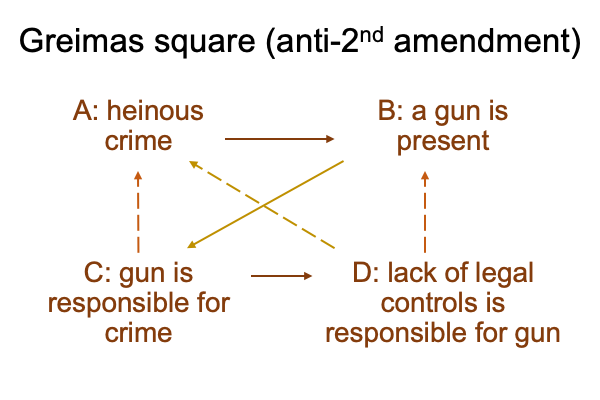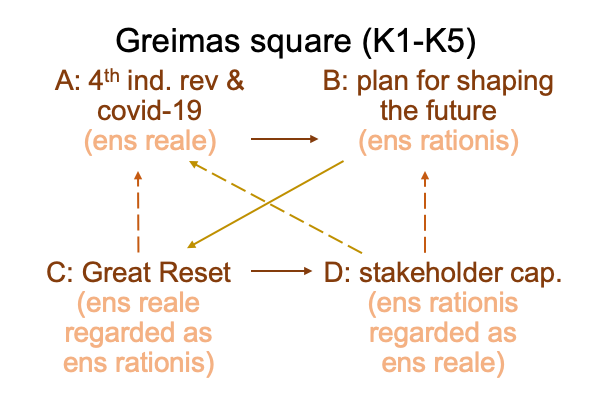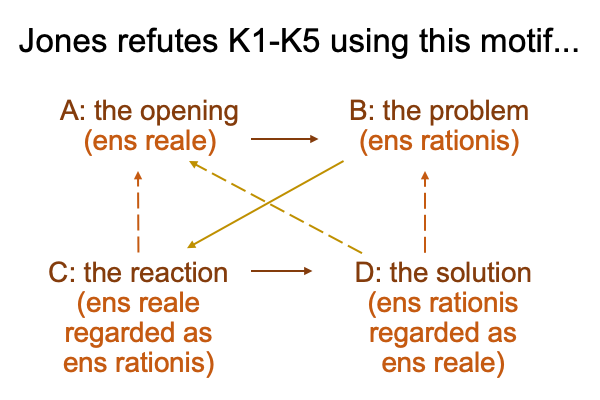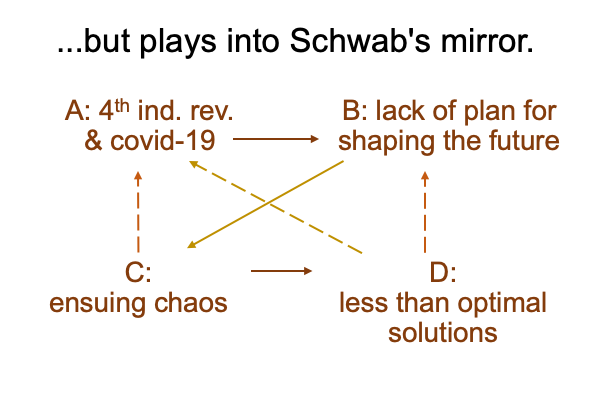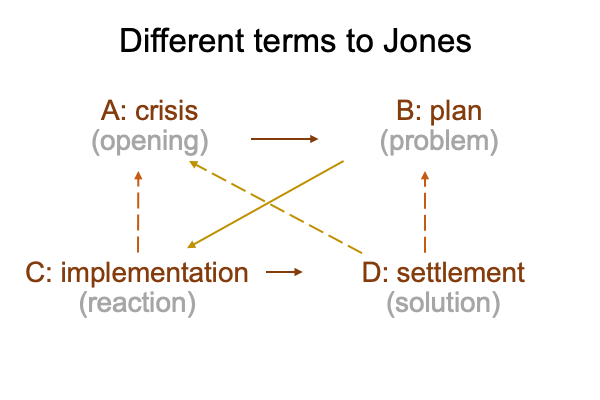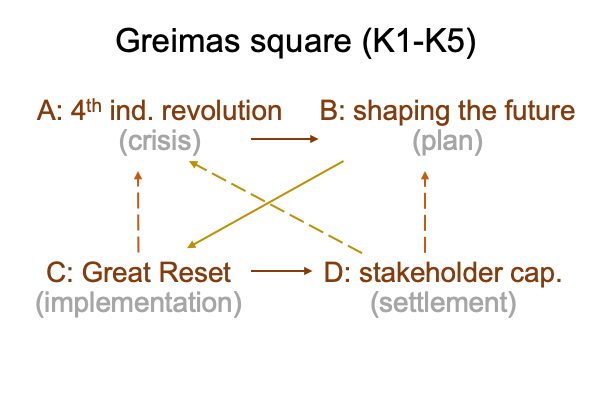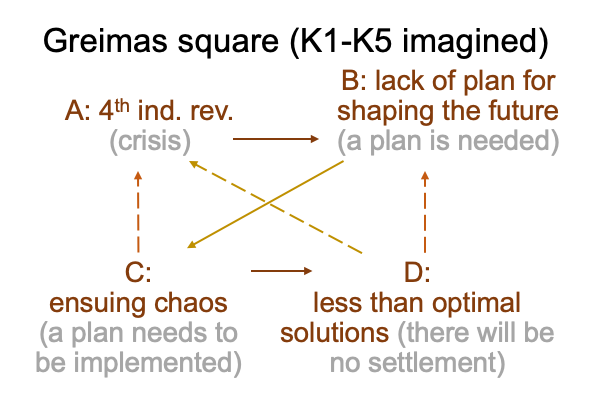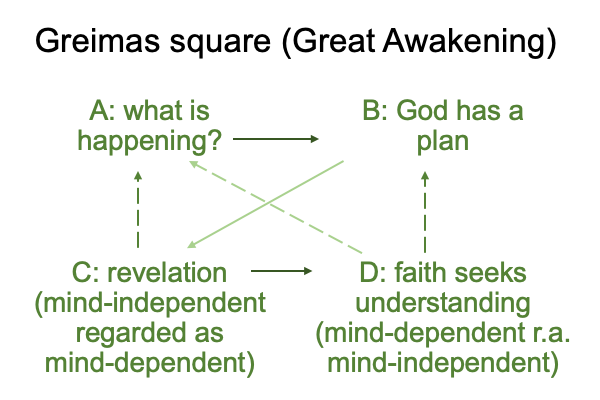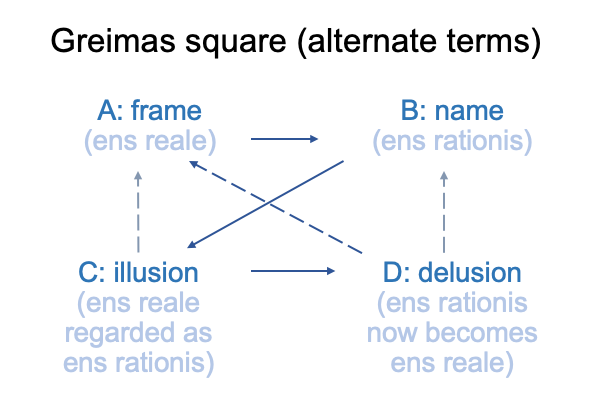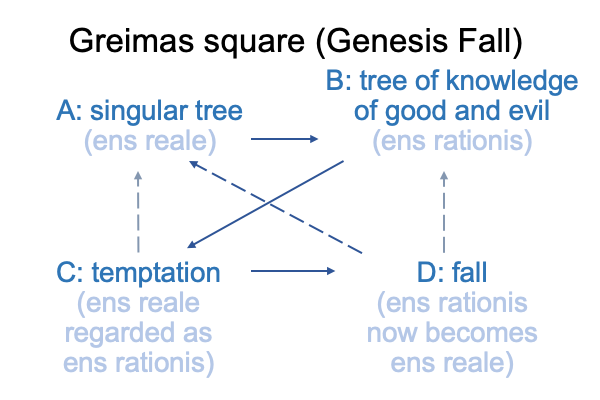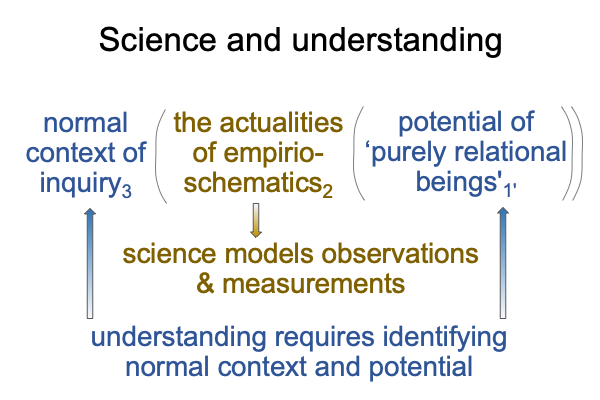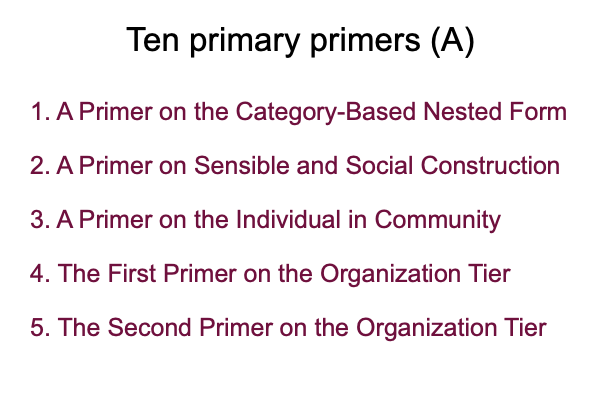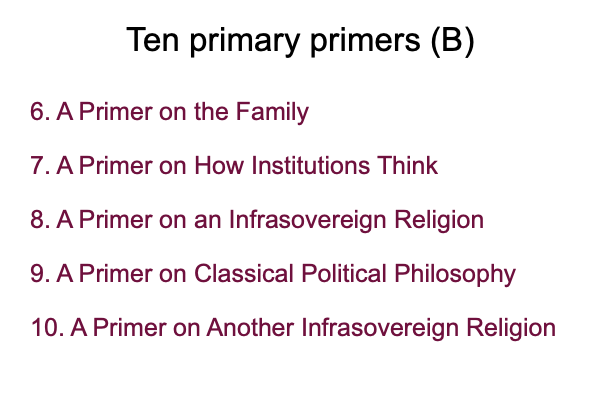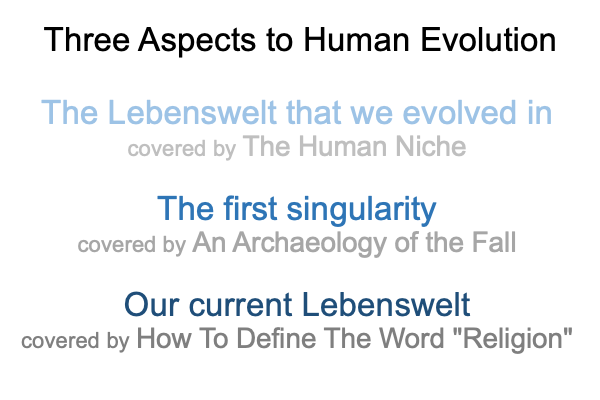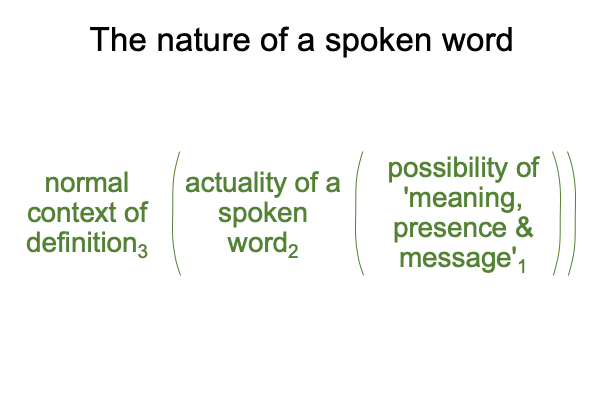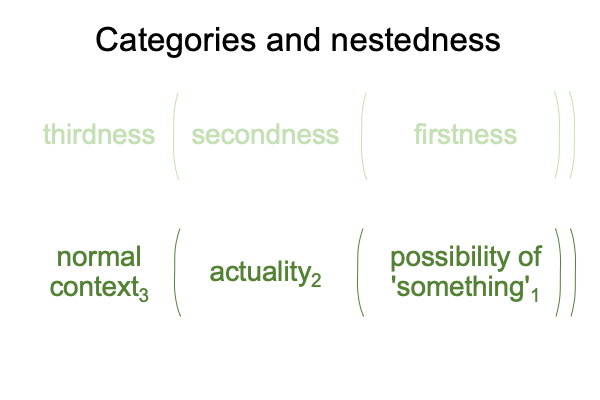Looking at Alex Jones’s Book (2022) “The Great Reset” (Part 6 of 12)
0070 The Great Reset (C) is a mind-independent being that is regarded as mind-dependent. So is a reaction (C) to a problem (B).
This implies that the Great Reset (C) is a reaction (C) to a problem (B) and the problem (B) turns out to be the apparent necessity to formulate a plan for shaping the future (B).
How confusing is that?
0071 (B) is not shaping the future, as much as the necessity of a plan for shaping the future.
So far, I identify C, the mind-independent being that is being portrayed as mind-dependent, as having two aspects. The mind-independent aspect (A) is the fourth industrial revolution (complete with covid-19). The mind-dependent aspect is the necessity of a plan for shaping the future (B). Consequently, C manifests as A implements B.
Maybe, that is not so confusing.
0072 Even more disturbing, Schwab’s construction of a Greimas square persuades.
Here is what I have discussed so far.
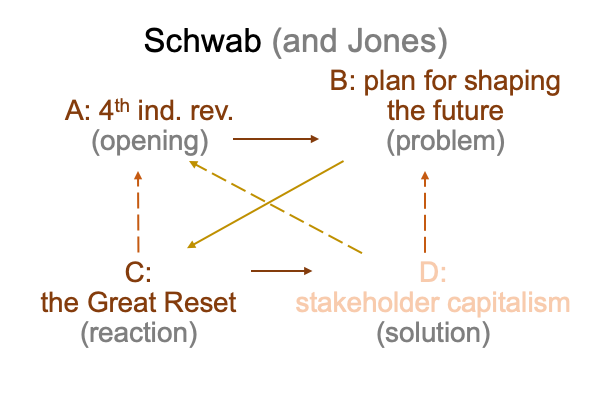
A is the fourth industrial revolution. A is an ens reale. A opens the act of persuasion.
B contrasts with A. B is an ens rationis. B defines a problem.
C contradicts (speaks against) B. C is “A implements B”. C is an ens reale that must be regarded as an ens rationis. C defines a reaction to a problem.
0073 So, the Great Reset (C) reacts to the World Economic Forum’s formulation of a plan for shaping the figure (B) by implementing the plan.
It sounds right.
0074 But, if the Great Reset (C) occupies the same relational position as illusion (C), as well as reaction (C), then who knows what horrors will follow when the hands of the operation (C) perform in service to the brains who formulate the plans (B)? After all, the hands of the operation (C) work the levers of technologies with demiurgic capacities (A). These technologies can make deserts bloom. They can make humans irrelevant. What happens when the brains formulate plans to turn humans into livestock?
Of course, you have to read Jones’s own words to appreciate the authentic literary impact.
0075 On the one hand, Jones raises good questions that make Schwab’s act of persuasion less convincing.
On the other hand, Schwab has more rhetorical tricks up his sleeve.
Yes, Schwab portrays the Great Reset (C), not as a reaction, but as an alternative, to a far more dangerous illusion.
Indeed, the Greimas square for books K1 through K5 mirrors another Greimas square, where the imagined problem (B) is that there is no plan to shape the future. Consequently, the reaction to the lack of a plan (C) leads to less than optimal solutions (D).
0076 Here is a picture.
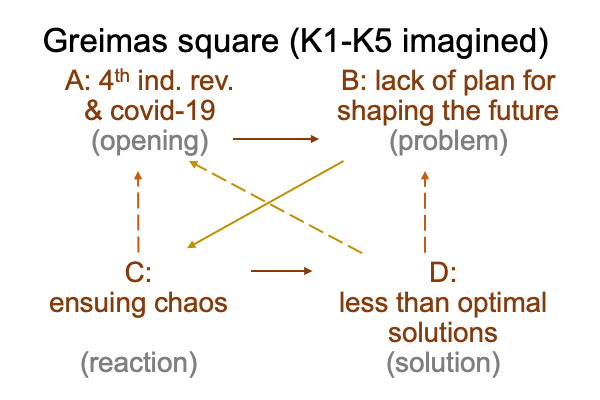
0077 When the necessity of a plan for shaping the future (B) looks in the mirror, it (B) sees no plans for the future (Bm).
When the Great Reset (C) looks in the mirror, it (C) sees chaos (Cm).
0078 Wow. Schwab looks great in the mirror of his own imagined horror show.
Yes, Schwab’s Greimas square (K1-K5) is an alternative to the image that Klaus sees in the mirror of fate.
The conclusion is obvious.
Stakeholder capitalism (D) is preferable to less than optimum solutions (D).
The implications are less than obvious.
0079 I wonder, “When Alex Jones questions Schwab’s Greimas square (K1-K5), what happens in the Greimas square in Schwab’s mirror?”

